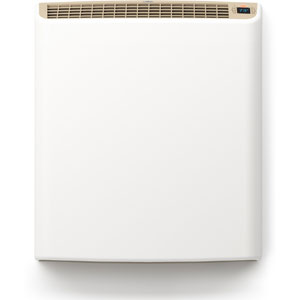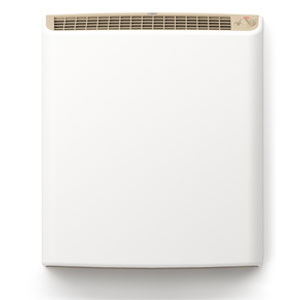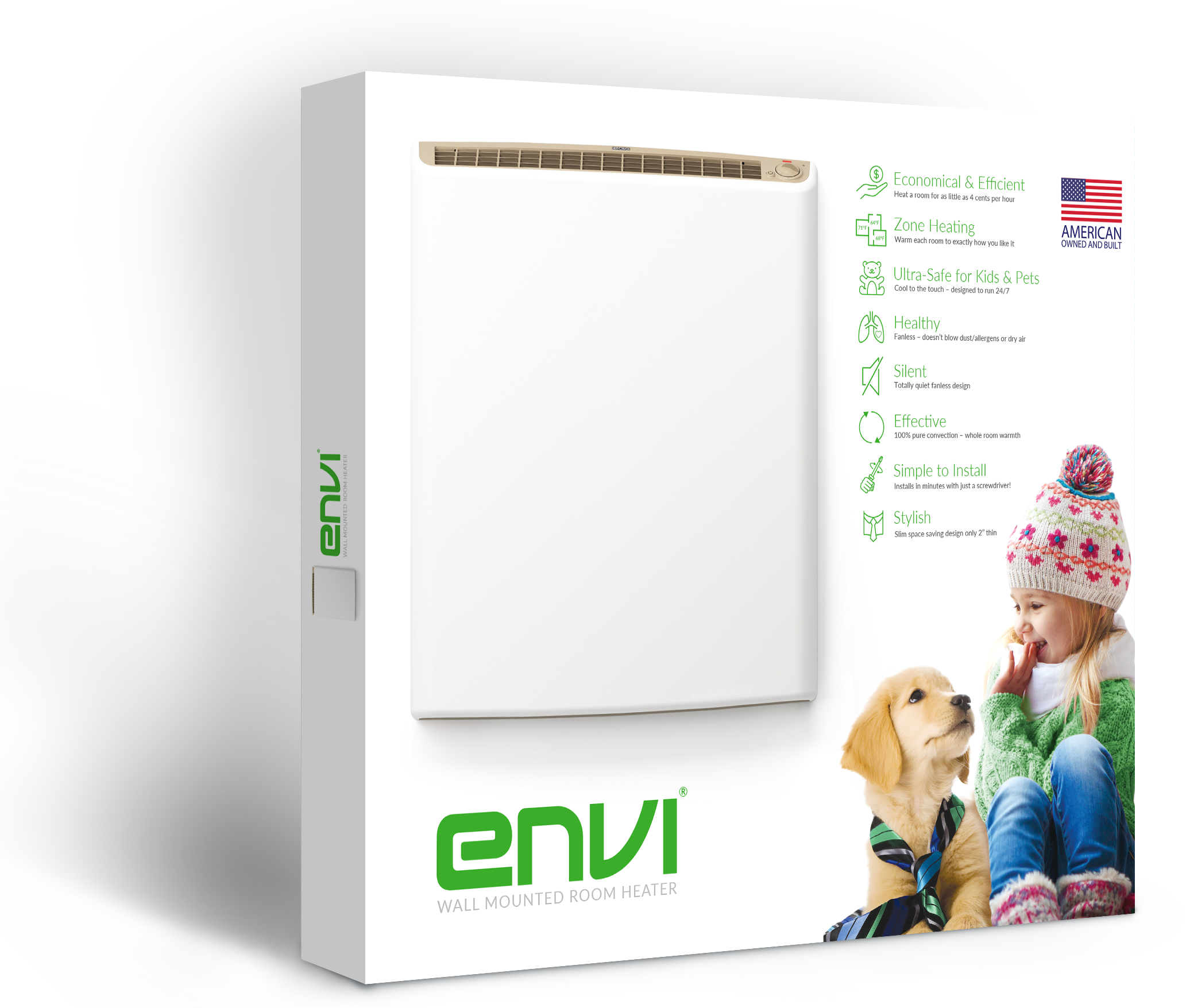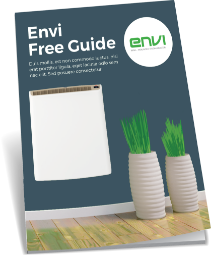How to Improve Air Quality in the Home
James Hall | 13th Oct 2015

When it comes to having a healthy home one of the most important parts is the air of the home. Some think that “bad” air is only outside, but to the contrary a lot of pollution is inside your home. Things like lead (in house dust), fire-retardants, formaldehyde, radon, even volatile chemicals from fragrances used in conventional cleaners can cause the air to be unhealthy for your family. Sometime visitor can bring pollutants into the home, and also sometimes the items brought in bring pollutants thus making it hard to create a healthy environment for your family. But there are some simply steps to making that change.
Many people do not have inside pets because of allergens, but rarely do they know that other people who have inside pets carry pet allergens into their "pet allergen free" homes. This can be problematic for children, people with asthma, and the elderly may be especially sensitive to indoor pollutants from pets or chemicals. Having healthy air inside is coming more and more important because we as society are spending more time inside via offices, houses, vacation homes, etc. This calls for us to take action on making sure we have the healthiest air possible for our living situation.
Here are the top 5 ways to create healthier air for your house
1. Keep Your Floors Clean and Fresh
No one likes to dust and vacuum but to make your house healthier it must be done. Try to use a HEPA filter as you clean, so you can clean pollen, pet dander, and dust mites. Using a vacuum cleaner that has strong suction, rotating brushes, and a HEPA filter ensures that dust and dirt won’t get blown back out in the exhaust. Mopping picks up the dust that vacuuming leaves behind. You can skip the soaps and cleaners and just use plain water to capture any lingering dust or allergens when you mop. New microfiber mops (and dust cloths) reportedly capture more dust and dirt than traditional fibers and don’t require any cleaning solutions. Also, putting a large floor mat at every door helps a lot. A door mat reduces the amount of dirt, pesticides, and other pollutants from getting into your home. People track in all sorts of pollutants via the dirt on their shoes. Try to remove shoes when entering your home. Keep house shoes, slippers, and socks near the door.
2. Keep a Healthy Level of Humidity
Keeping humidity around 30%-50% helps keep allergens under control. Having a heating solution that doesn’t dry out your air is important. Having fan based systems can cause allergens to be pulled and push through the air causing problems. These high watts fan based heater also dry out the humidified air your house needs, so make sure you have the best solution. Randomly being able to “filter” out the air in your home is ideal to simply exchange the air. Sometimes you will need to dehumidify in case of over humidification in an area.
More tips for dehumidifying your home
- Use an exhaust fan or crack open a window when cooking, running the dishwasher, or bathing.
- Don't overwater houseplants
- Vent the clothes dryer to the outside
- Fix leaky plumbing to prevent moisture-loving mold
- Empty drip pans in your window air conditioner and dehumidifier
3. Make Your House a Smoke Free Zone
Cigarette smoke contains more than 4,000 chemicals. So it is easy to understand when a professional says "Probably the single most important aspect of indoor air pollution is secondhand cigarette smoke," - Philip Landrigan, MD who is the pediatrician and director of the Children's Environmental Health Center at Mount Sinai School of Medicine in New York City. The experts say that more people than ever have kicked the habit, but if you relapse just remember to smoke outside. Research shows that secondhand smoke increases a child's risk of developing ear and respiratory infections, asthma, cancer, and sudden infant death syndrome (SIDS). Again, just step outside if possible.
4. Test for Radon
So what is radon? Well it is a colorless, radioactive , and odorless gas that raises the risk of lung cancer. Radon is the second leading cause of lung cancer according to the U.S. today. If you smoke and your home has high radon levels, your risk of lung cancer is especially high. Radon comes from the natural decay of uranium found in nearly all soils. It typically moves up through the ground and into your home through cracks and holes in the foundation. Drafty homes, airtight homes, homes with or without a basement -- any home can potentially have a radon problem. Simply, take a look into your house and do what do you can to prevent radon exposure.
5. Smell Good Naturally
We all love the smell of that lemony or piney scent with a clean kitchen or clean clothes, but is it good for you? Not really! Most synthetic fragrances in laundry products and air fresheners emit dozens of different chemicals into the air. You won’t find their names on the product labels. Conventional laundry detergents, fabric softeners, dryer sheets, and air fresheners in solid, spray, and oil form may all emit such gasses.
What can you do to help against these problems?
- Look for fragrance-free or naturally-scented laundry products
- Use mild cleaners that don't include artificial fragrances
- Use sliced lemons and baking soda to get a clean scent in the kitchen.

Lastly, bring nature indoors! Any room is prettier with a fern, spider plant, or aloe vera. It’s also healthier. That indoor plants like these act as living air purifiers according to NASA research. Make sure your house is as safe and healthy as possible this winter season. You’ll be staying indoors a lot more and we want to make sure you stay healthy at the same time. Find healthy heating at eheat.com with the Envi Heater!












